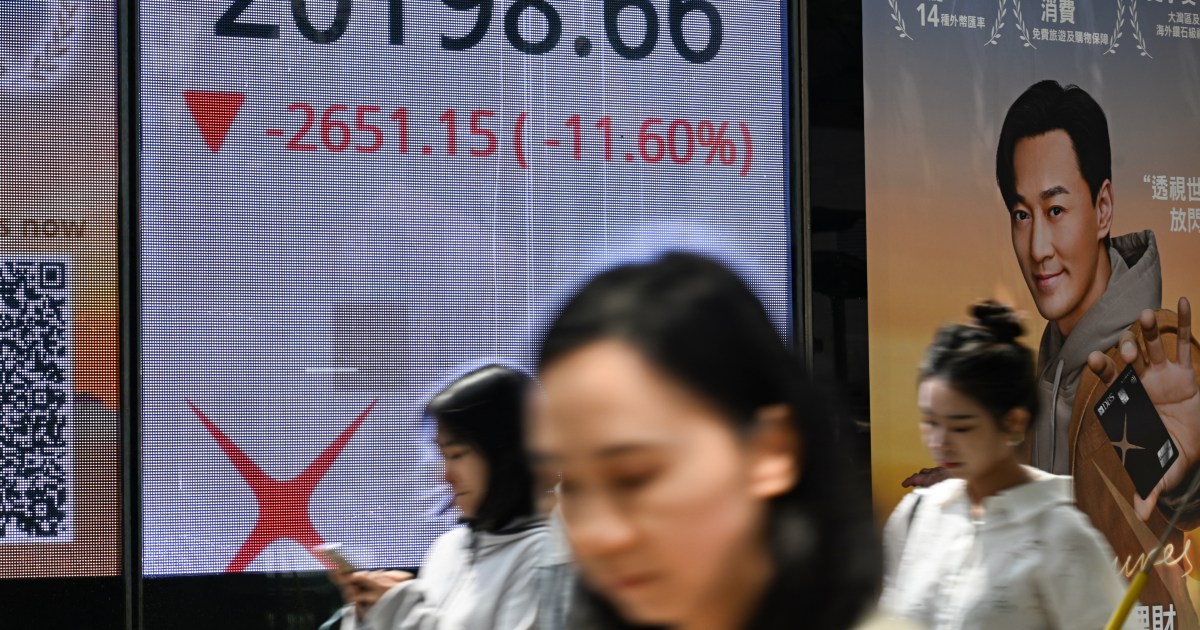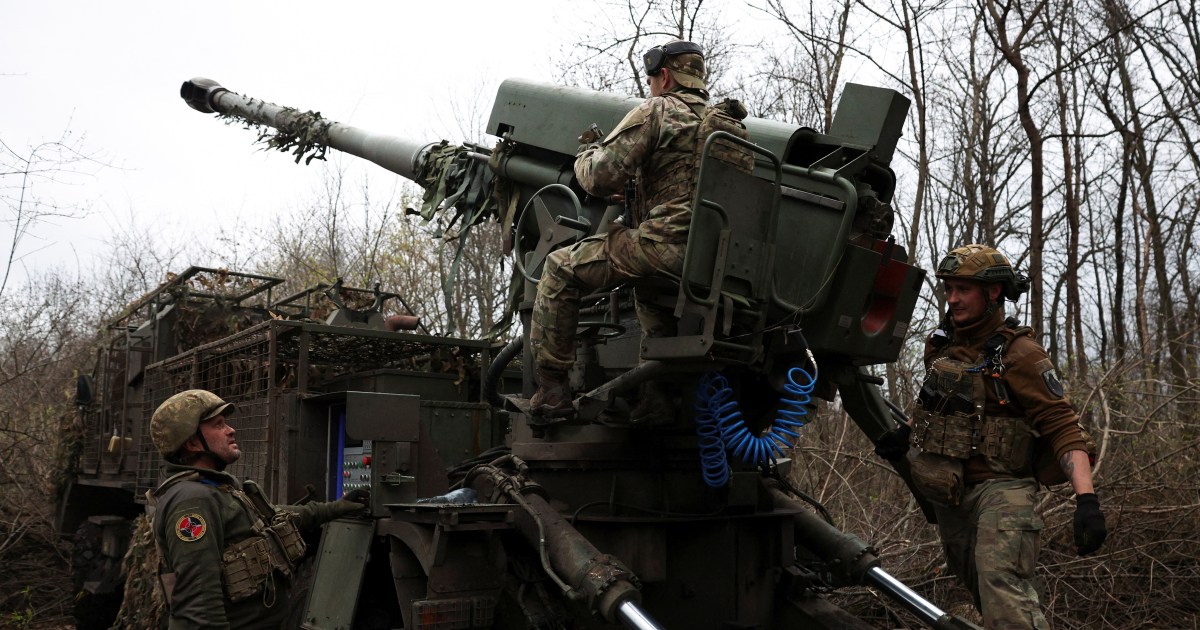The first batch of over 3.2 million electricity meters purchased by the federal government will be delivered to address the nation’s over 7 million metering gap.  ,  ,
Bolaji Tunji, the minister’s Special Adviser on Strategic Communications and Media Relations, stated in a statement on Sunday that the minister’s minister, Chief Adebayo Adelabu, anticipated delivery of 75, 000 meters under the International Competitive Bid 1 by April 2025.
In May 2025, there will be a second batch of 200 000 meters.
The Federal Government of Nigeria’s continued efforts, financial commitment, and structured implementation plans to close the metering gap are the facts, according to Tunji.
Metering installations have continued to advance steadily despite claims of stagnation. 5, 502, 460 customers were metered as of December 2024, or 55% of the 10, 114, 060 active electricity customers in Nigeria.
” In 2024 alone, 572, 050 meters were installed. The government is actively working to close the current metering gap as quickly as possible, despite acknowledging it. According to Adelabu, “the fact is that a sizable portion of active electricity users already have meters,” refuting the exaggerated portrayal of an industry in crisis.
Although installation rates have fluctuated over time, the sector has still managed to install about 668, 000 meters on average each year, according to the statement.
The minister added that centralized financing and government-backed initiatives are anticipated to expedite deployment beyond the current rate, ensuring that the metering gap is effectively addressed.
The government has taken significant steps to significantly improve metering across the nation to close this bind. By 2026, the Distribution Sector Recovery Programme (DISREP) will have delivered 3,205, 101 meters.
“This will be accomplished through various procurement models,” according to 1 437, 501 meters through International Competitive Bid 1, 217, 600 meters through National Competitive Bid (NCB), and 1, 550, 000 meters through International Competitive Bid 2 (ICB2).
The first batch of 75, 000 meters under ICB1 is anticipated to arrive in April 2025, followed by the second batch of 200, 000 meters in May 2025.
The N700 billion Presidential Metering Initiative (PMI) is another significant step toward accelerating metering, in addition to the DISREP. The Minister continued, “The initiative is structured to ensure large-scale meter procurement and deployment,” adding that it has already secured N700 billion from the Federation Account Allocation Committee (FAAC).
Read more about NNPCL’s plans to ship first-class cargo on a Delta tanker to Europe.
According to him, a Special Purpose Vehicle (SPV) has been set up to oversee the initiative’s implementation. The government wants to deploy two million meters every five years, with the first batch of two million meters scheduled to be available by the third quarter of 2025.
According to the minister, these well-planned interventions provide a clear strategy for closing the metering gap.
Further, the statement goes on to say that while the metering gap is still a problem, the idea that it will take more than ten years to fix is misleading.





